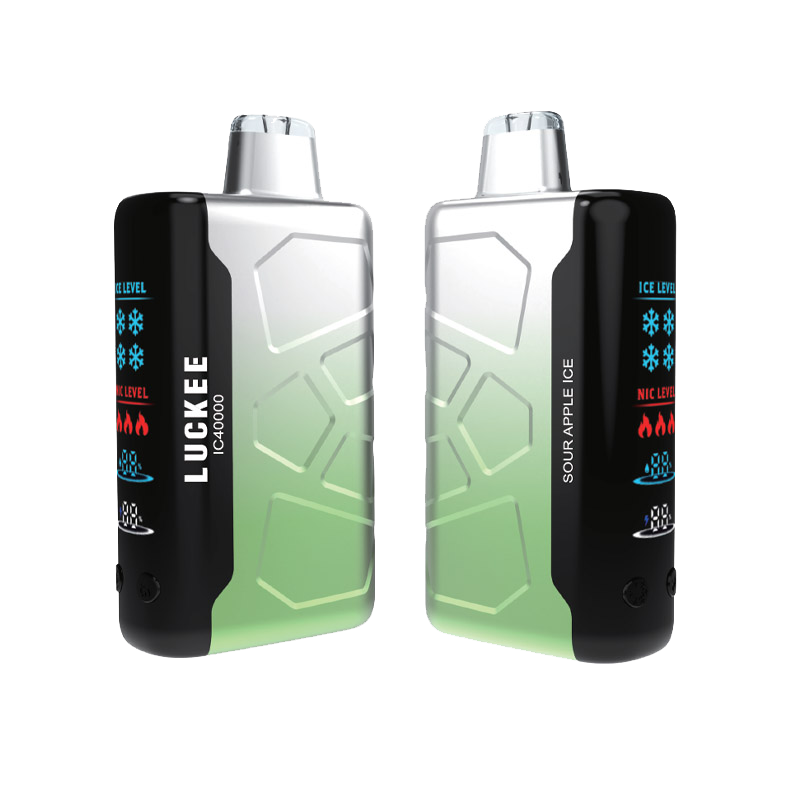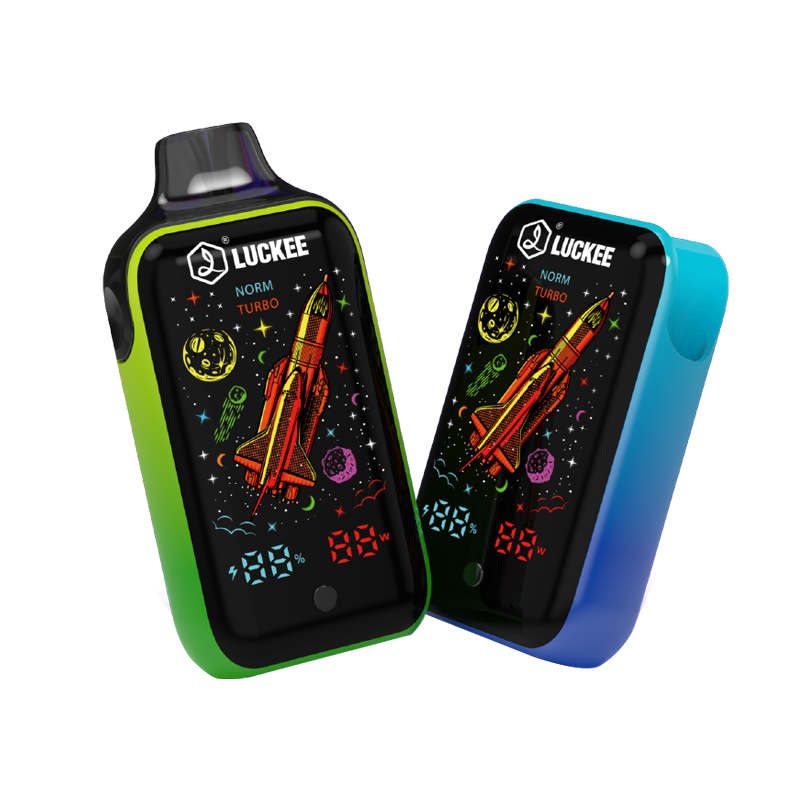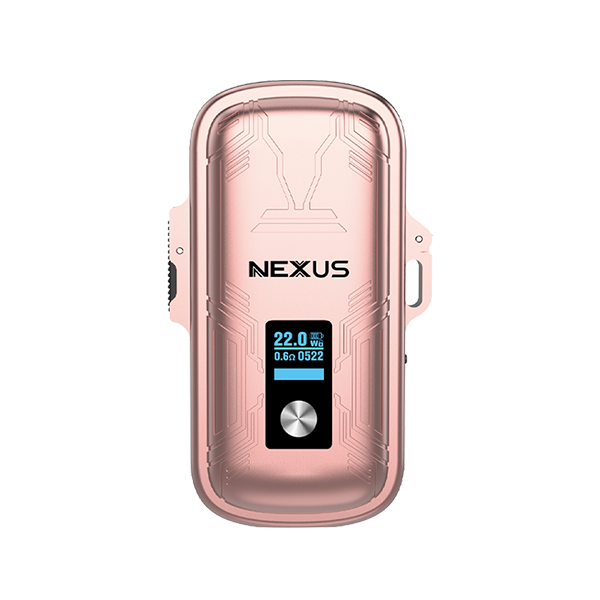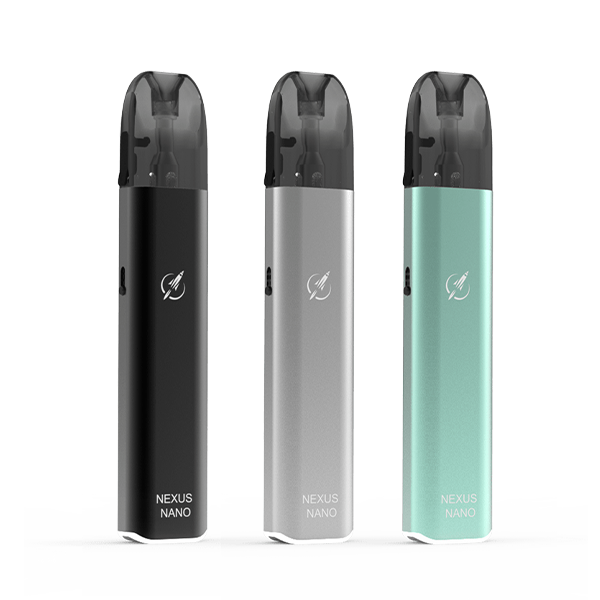The Ultimate Guide: Bringing Vapes on Airplanes
Switching to vaping can change how you manage nicotine cravings, often making them less urgent and easier to handle. But for many vapers, traveling—especially by air—brings up questions about what’s allowed. Unlike carrying cigarettes, bringing a vape on a plane comes with its own set of rules, safety concerns, and legal complexities.
Below, you’ll find everything you need to know about taking vapes on flights, including current regulations, airline safety rules, and the safest way to pack your gear.
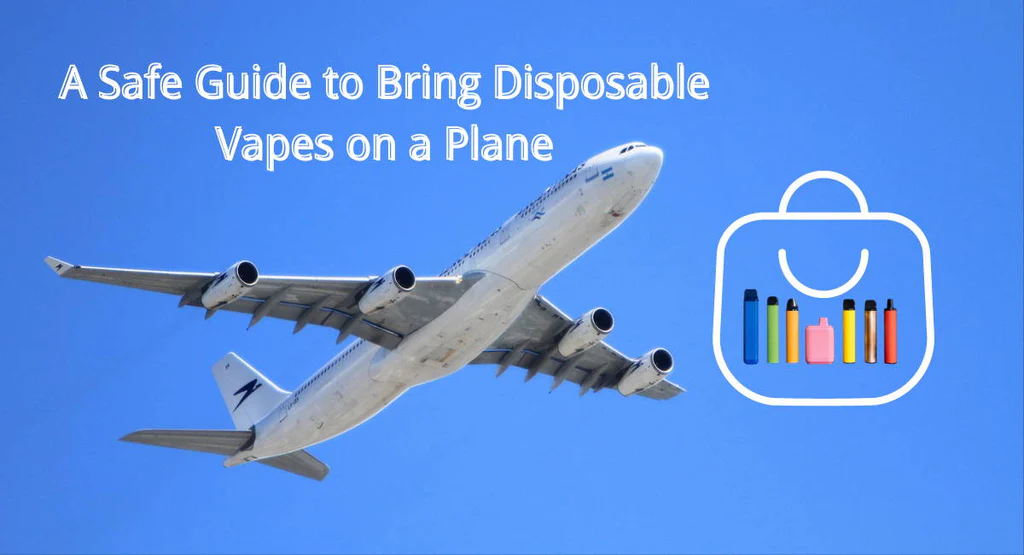
Can You Bring a Vape on a Plane?
A Complicated and Ever-Changing Regulatory Scene
Vape rules for air travel are far from straightforward. Both the global legal environment and airline policies are in constant flux. Before you fly—whether within your country or internationally—it’s crucial to check the latest vaping laws for your destination and any stops along the way.
For instance, some countries have suddenly banned vape imports over youth health concerns, as happened in Europe in 2023. That means travelers risk fines or confiscation if they don’t comply. Airline policies can also change quickly in response to new battery technology or safety audits. Always check the airline’s website and refer to official government or travel safety sites for the most up-to-date information before packing your vape.
How to Pack and Carry Your Vape Devices
Always Use Your Carry-On Bag for Vapes and Batteries
Never pack your vape device or spare batteries in checked luggage. Always keep them in your carry-on bag. If your device has a removable battery, take the battery out and carry both in your hand luggage.
Why Airlines Are Strict
The primary concern is the lithium-ion battery found in almost all vape devices. While these batteries are compact and powerful, they can be a fire hazard if mishandled or damaged. At high altitude, changing air pressure can increase battery risks. For this reason, shipping lithium batteries by air is also tightly regulated.

Specific Airline Policies: What You Need to Know
Devices and Batteries
-
Vapes with built-in or installed batteries must be in your carry-on and turned off.
In busy international airports, security staff are used to seeing vapes and will usually allow one device per traveler if it’s switched off. Occasionally, you may be asked to remove the device for inspection. -
Spare batteries must be packed separately and safely.
Use a padded battery case or pouch to avoid metal-on-metal contact. Never let loose batteries float around with keys or coins, which could cause a short circuit. Only consider putting a vape in your checked bag if the battery is removed and packed in your carry-on.
Disposable Vapes
Disposable vapes are also only allowed in your carry-on bag.
Pack them in your quart-sized, resealable liquids bag along with other small bottles and gels, following the airline’s liquid rules. The bag helps contain any leaks and streamlines the security check.
Staying Safe: Avoiding Overheating and Fire Risks
Despite following all rules, there remains a small risk that a vaping device could overheat inflight. For example, on a Spirit Airlines flight in 2023, a vape device overheated in the cabin, causing alarm. Thankfully, the incident ended safely, but it’s a reminder to pack vapes securely.
Safety Steps for All Vape Types
-
Removable Batteries:
Remove and pack each battery in a hard-shell or padded case, especially for large batteries like 18650s. Soft cases with separators work for smaller cells. -
Manual Fire Buttons or Power Switches:
Ensure devices are powered off before boarding. Use the safety lock if your device has one. -
Pod-Based Devices:
If your pod system doesn’t have an on/off switch, remove the pod to cut the connection and power down the device. -
Disposable Vapes:
Leave them in their original packaging for protection against leaks and accidental activation. -
Never charge your vape on the plane.
Charging devices during flight is dangerous and is strictly prohibited by most airlines, including use of in-seat USB ports.
Packing Vapes: Carry-On vs. Checked Luggage
-
Carry-On:
Place your device and batteries in your hand luggage. Security scanners will pick up the vape, and you may be asked to show it at inspection. Provided your gear is switched off and properly packed, you should clear security smoothly. -
Checked Bags:
Do not pack vape devices or batteries in checked luggage. Security may remove and destroy them due to fire risk in the cargo hold. Many travelers have lost vapes this way after unaware packing.
What About Vape Juice?
-
In Carry-On:
Vape juices must follow standard liquid rules. Each bottle should be 30ml (1 oz) or less and must be stored in a clear, resealable bag with your other liquids. Remove the bag for screening at security. -
In Checked Luggage:
If you have larger bottles or extra juice, it’s fine to put them in your checked baggage—there are no liquid restrictions there.
Summary
Air travel with vapes requires more planning than bringing cigarettes. Make sure your devices and spare batteries are only in your carry-on, keep all batteries safely stored, and respect the latest rules at your departure and arrival destinations. Always double-check the current airline and local regulations before you pack. By following these guidelines, you can travel with your vape confidently—and safely—no matter where your journey takes you.
Read more:
Is Disposable Vape Allowed in Hong Kong Airport?
Can You Bring Disposable Vapes on an Airplane in 2025?
Can you bring disposable vapes on an airplane?
Planes and Vapes: All You Need to Know Before Boarding a Plane

